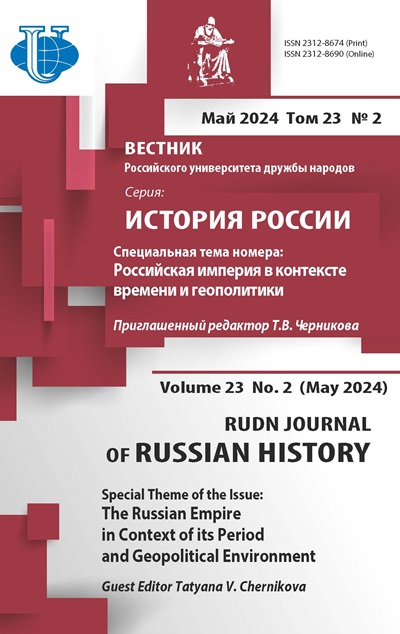RUSSIAN ORTHODOX CHURCH AND PUBLIC ORGANIZATIONS IN 1990-2000S: MAIN DIRECTIONS AND RESULTS OF INTERACTION
- Authors: Grigoryeva NA1, Simonova MA1
-
Affiliations:
- Peoples` Friendship University of Russia
- Issue: No 3 (2014)
- Pages: 129-137
- Section: ARTICLES
- URL: https://journals.rudn.ru/russian-history/article/view/4043
Cite item
Full text / tables, figures
Abstract
This article discusses the main directions of cooperation between the Russian Orthodox Church and civil society organizations in 1990-2000-ies. Characterized by basic forms of cooperation churches and public organizations in the spiritual and moral education of children and youth, as well as in coordinating the activities of public organizations and the ROC. Treated prisoners in the 2000s. contracts (agreements) on the interaction between the ROC and public organizations of religious and secular focus on the implementation of joint social projects and programs. Updated key issues and trends in the interaction between the state, the church and society, the mechanisms of interaction between government and NGOs in addressing socially significant problems. The analysis revealed that in the 1990-2000-ies conditions have been created to ensure access of NGOs and church social services to the market. Combined resources of the church and community organizations were used primarily for social support of the poor, especially orphans and children left without parental care, programs that protect the constitutional rights and freedoms of youth, child and youth participation in socially significant events.
About the authors
N A Grigoryeva
Peoples` Friendship University of Russia
Email: ofisrudn2014@mail.ru
Department of Russian History
M A Simonova
Peoples` Friendship University of Russia
Email: simonova2018@mail.ru
Department of Russian History
References
















